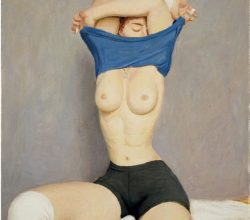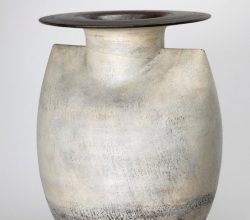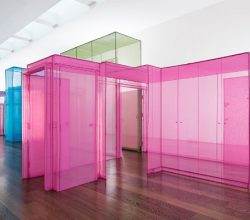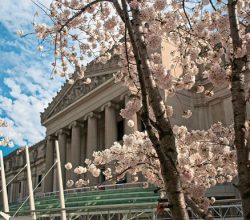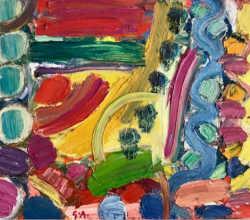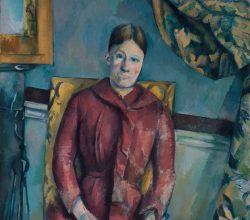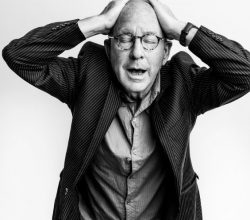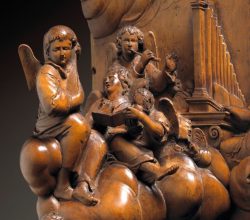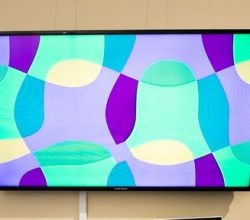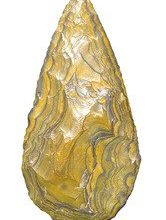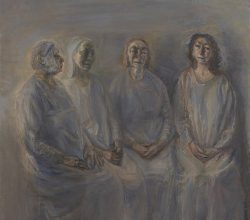
Celia Paul Paints Her Biography
Emily Gordon | New Haven Independent | 11th April 2018
Some think that the English are “mingy” in the recognition they accord their own artists. Hilton Als, the eminent American critic is not so restrained. “Contemporary British art [including “visionaries” such as Paul] has had a global impact. She builds up on a series of canvases a great originality, an emotional breadth, a vocabulary of loss, of loss even before it happens.”


